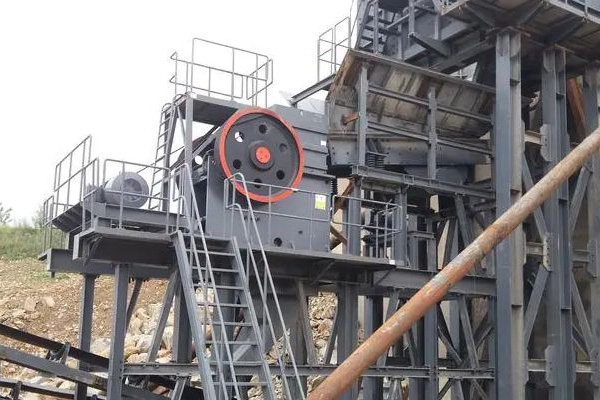Designing a jaw crusher capable of processing 120 tons per hour involves balancing various elements such as material type, capacity, durability, and operational efficiency. Jaw crushers are essential for primary crushing in mining, aggregate, and recycling operations, and designing one with the right specifications is crucial for maintaining high performance and longevity. Below is a detailed discussion of key aspects that go into the design.
1. Capacity and Throughput Requirements
The first aspect to consider in the design of a 120-ton-per-hour jaw crusher is ensuring that the machine can handle the desired throughput. This involves determining the appropriate size of the crushing chamber and the dimensions of the feed opening, which should allow large rocks to be fed without clogging the system. In most cases, a jaw crusher of this size would require a feed opening of approximately 24 x 36 inches, ensuring that it can accommodate the volume of material needed to meet the 120 tons per hour requirement. Additionally, the crusher’s stroke and RPM should be fine-tuned to optimize material flow and avoid bottlenecks.

2. Material and Durability Considerations
Jaw crushers operate in harsh environments, so the materials used for construction must be durable enough to withstand constant impact and wear. For a 120-ton-per-hour design, the main body and jaw plates should be constructed from high-strength manganese steel or an alloy that provides wear resistance. This minimizes maintenance downtime and extends the machine’s life. Hard-wearing materials ensure that the crusher can maintain efficiency even after extended periods of operation under high load, reducing the need for frequent replacements.
3. Power and Energy Efficiency
A 120-ton-per-hour jaw crusher requires a powerful motor to ensure smooth and consistent operation. The power rating for this design would typically range between 150 to 250 kW, depending on the material type and hardness. Energy efficiency is another key consideration, with modern crushers often incorporating variable-speed drives (VSDs) and energy-efficient motors to reduce energy consumption. This results in lower operational costs and a reduced carbon footprint, making the crusher more eco-friendly while still maintaining high throughput.
4. Crushing Mechanism and Design
The design of the crushing mechanism, which involves the movement of the jaw plate relative to a fixed plate, should be optimized for maximum productivity and reduced wear. In this case, the 120-ton-per-hour jaw crusher would feature a toggle system, which generates high compressive forces to break down hard materials like ore and rock. The angle between the toggle plate and the moving jaw should be carefully calibrated to increase crushing efficiency, while also allowing finer adjustments for different types of materials.
5. Maintenance and Safety Features
Maintenance ease is a vital aspect of the design to ensure minimal downtime. A 120-ton-per-hour jaw crusher should incorporate features such as easy access to wear parts and automated lubrication systems. Quick-release mechanisms for jaw plate changes are also critical for maintaining productivity. Additionally, safety features like overload protection and emergency stop buttons are important to prevent accidents during operation. These design considerations collectively ensure that the crusher remains reliable, safe, and cost-effective in long-term use.
In conclusion, designing a jaw crusher capable of handling 120 tons per hour involves balancing factors such as capacity, material durability, power requirements, crushing efficiency, and ease of maintenance. The right combination of these elements results in a robust, efficient, and long-lasting machine that meets the operational demands of a high-output environment.

